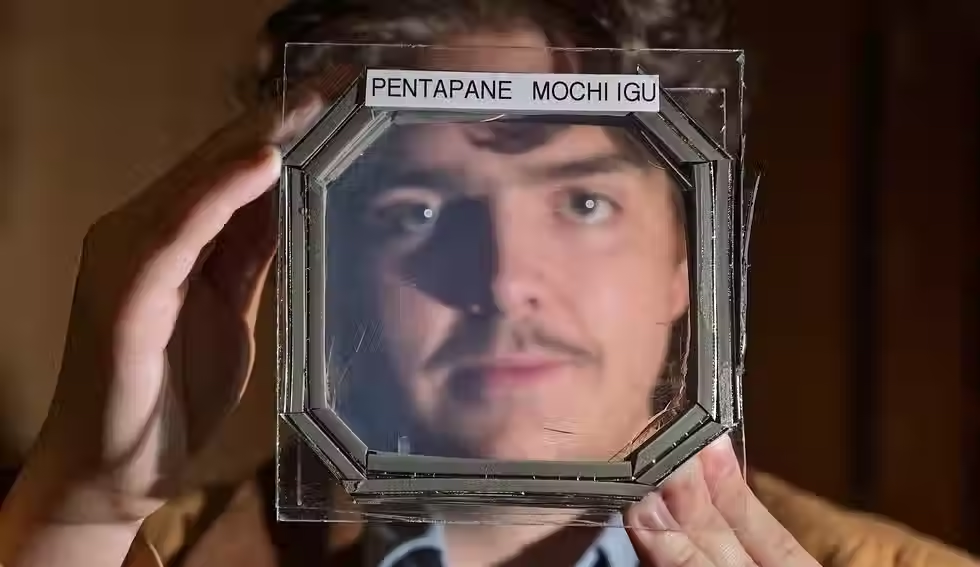Terahertz-to-visible light conversion for future telecommunications
- Mateo Cardinal
- Jun 16, 2023
- 2 min read

The ability to convert signals from one frequency regime to another is key to various technologies, in particular in telecommunications, where, for example, data processed by electronic devices are often transmitted as optical signals through glass fibers. To enable significantly higher data transmission rates future 6G wireless communication systems will need to extend the carrier frequency above 100 gigahertz up to the terahertz range. Terahertz waves are a part of the electromagnetic spectrum that lies between microwaves and infrared light. However, terahertz waves can only be used to transport data wirelessly over very limited distances. “Therefore, a fast and controllable mechanism to convert terahertz waves into visible or infrared light will be required, which can be transported via optical fibers. Imaging and sensing technologies could also benefit from such a mechanism,” says Dr. Igor Ilyakov of the Institute of Radiation Physics at HZDR.
What is missing so far is a material that is capable of upconverting photon energies by a factor of about 1000. The team has only recently identified the strong nonlinear response of so-called Dirac quantum materials, e.g. graphene and topological insulators, to terahertz light pulses. “This manifests in the highly efficient generation of high harmonics, that is, light with a multiple of the original laser frequency. These harmonics are still within the terahertz range, however, there were also first observations of visible light emission from graphene upon infrared and terahertz excitation,” recalls Dr. Sergey Kovalev of the Institute of Radiation Physics at HZDR. “Until now, this effect has been extremely inefficient, and the underlying physical mechanism unknown.”
The mechanism behind
The new results provide a physical explanation for this mechanism and show how the light emission can be strongly enhanced by using highly doped graphene or by using a grating-graphene metamaterial – a material with a tailored structure characterized by special optical, electrical or magnetic properties. The team also observed that the conversion occurs very rapidly – on the sub-nanosecond time scale, and that it can be controlled by electrostatic gating.
“We ascribe the light frequency conversion in graphene to a terahertz-induced thermal radiation mechanism, that is, the charge carriers absorb electromagnetic energy from the incident terahertz field. The absorbed energy rapidly distributes in the material, leading to carrier heating; and finally this leads to emission of photons in the visible spectrum, quite like light emitted by any heated object,” explains Prof. Klaas-Jan Tielrooij of ICN2's Ultrafast Dynamics in Nanoscale Systems group and Eindhoven University of Technology.
The tunability and speed of the terahertz-to-visible light conversion achieved in graphene-based materials has great potential for application in information and communication technologies. The underlying ultrafast thermodynamic mechanism could certainly produce an impact on terahertz-to-telecom interconnects, as well as in any technology that requires ultrafast frequency conversion of signals. Reference Ultrafast Tunable Terahertz-to-Visible Light Conversion through Thermal Radiation from Graphene Metamaterials
Igor Ilyakov, Alexey Ponomaryov, David Saleta Reig, Conor Murphy, Jake Dudley Mehew, Thales V.A.G. de Oliveira, Gulloo Lal Prajapati, Atiqa Arshad, Jan-Christoph Deinert, Monica Felicia Craciun, Saverio Russo, Sergey Kovalev, and Klaas-Jan Tielrooij



























Comments